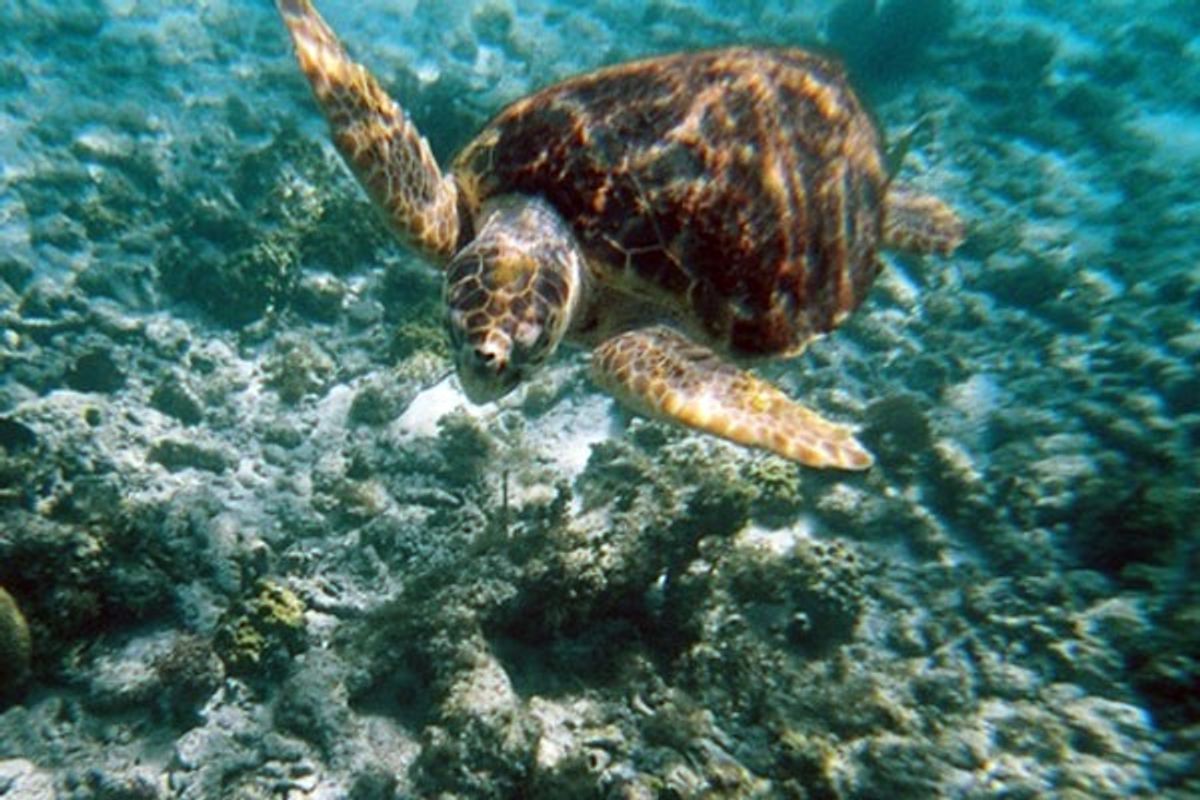In "The Silent World," Jacques Cousteau identified the moment when he came unbolted from his terrestrial life, discovering a new way of being the sea: "I put my eyes under and civilization vanished ... I was in a jungle never seen by those who floated on the opaque roof." It's hard to imagine what the average human's understanding of ocean life was before scuba tanks and nature documentaries. Even Cousteau started out blowing up reefs to study them. As he traversed the oceans, what began as an existential quest evolved into a growing consciousness of the fragility and interconnectedness of all living things on Earth -- and a call for conservation.
Scientists now believe that the tiny, ancient belt of coral reefs around the midsection of our planet is the cradle of biodiversity, seeding the Earth with new species. Rising water temperatures and ocean acidity levels, runoff and overfishing are wreaking havoc on these habitats -- their destruction outpaces even that of the rain forests. For many communities, creating marine reserves and a responsible tourism industry that values the continued existence of the reef ecosystems may be the best hope of saving them.
Most healthy reefs have a bit of everything: shallow, accessible parts perfect for snorkeling and dark, mysterious drop-offs that plunge into the abyss. The places where these immense living structures thrive -- warm crystal-clear tropical seas fringing remote sandy islands or coastlines -- are what most of us have in mind when we contemplate the word "paradise."
You can find more coral reefs on Trazzler.



Shares